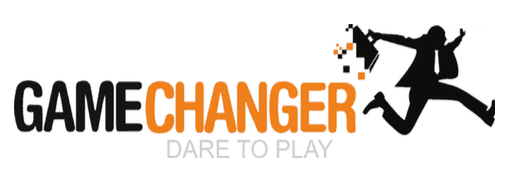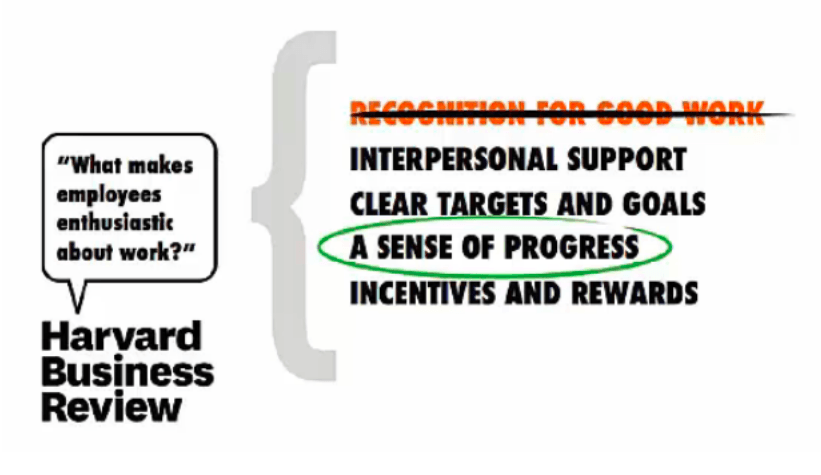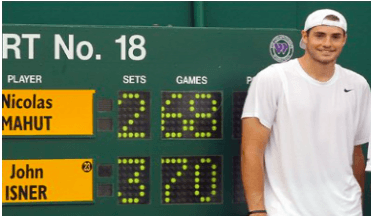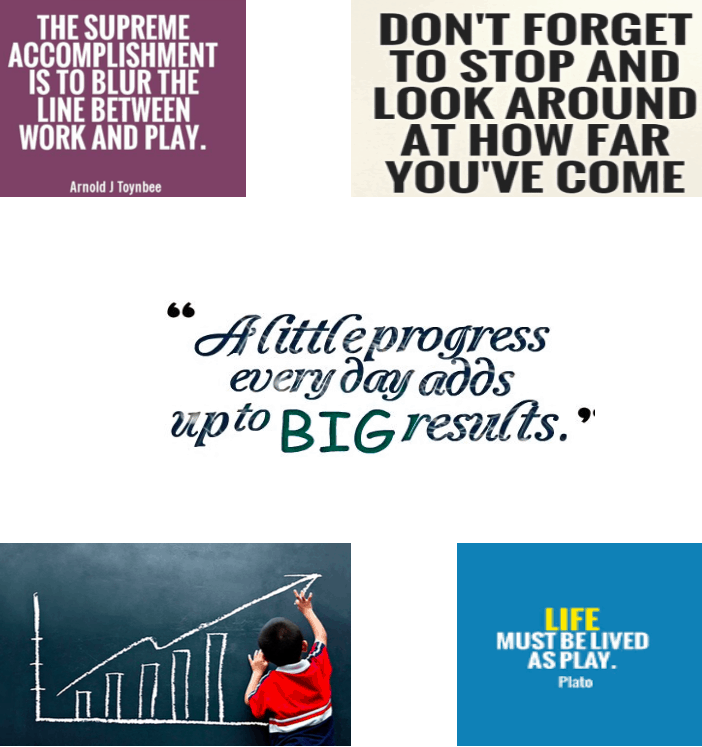
The Power of Progress
Our attention gravitates towards the activities that provide us with the richest sense of progress. We tend to procrastinate on the larger projects that seem either too daunting or too boring, with little hope of completion, in favour of bite sized quick ‘wins’. Checking email is a classic example – you start the day with an important project plus 78 unread emails. By lunchtime you’ve made no progress on the important project, but your unread emails are down to 0. Score! Harvard Business Review’s research of 12,000 employees found providing a clear sense of progress is the single most important contribution management can make towards employee motivation, ahead of ‘recognition, incentives, interpersonal support and clear goals’. Big ‘wins’ work best, yet are rare. Fortunately small wins work too, disproportionately well, providing an opportunity to break large, long terms objectives into smaller, digestible challenges that enable completion and engender a sense of progress. This is where we can learn from game designers and the psychological triggers they tap to engender engagement in play. |
Work as PlayGood games are goal-driven, with built in constraints (rules) that heighten challenge, whilst providing a feedback rich experience geared towards progress. Most work shares the same three elements as games – there are goals/objectives, constraints (deadlines/resource limitations/regulations) and at some level there is feedback. So games and work already have much in common, yet typically our work is poorly designed by comparison |
Calibrating ChallengeAt Wimbledon in 2010 John Isner and Nicolas Mahut played the longest tennis match in history, lasting 11 hours and 5 minutes, with a total of 980 points scored. Yet the rules of the game didn’t say ‘first to 491 points wins’. Both players were striving to win one point at a time, in the context of the current game, which might last as few as four points, and within the context of the current set, which may last only 6 games. As it turned out, the final set lasted 138 games! And this was only one round of a possible eight, in the context of winning the entire tournament. So the bigger picture of winning Wimbledon is broken down into 5 levels – points, games, sets, matches and tournament. By breaking our work into manageable pieces, creating context for completion points and visibility of progress we can emulate the stamina of Isner and Mahut – we just need to increase the latency between effort and meaningful feedback. Games are not just about incentive for effort – they are about making challenges themselves inherently motivating. Within the work context we mismanage this all the time. Challenges get so big we feel anxious and avoid them, or so mundane we either drag them out too long, or simply avoid them. The key is to calibrate and compress challenges appropriately.
We also need feedback mechanisms to make progress visible. In games we keep score and level up – in work we tend to just plow through, seeing only the incompletes. We’re not keeping score, yet we often feel like we’re losing. Capturing a visible record of the ‘completes’, creating simple progress bars, performance dashboards, scoring challenges and tracking progress on wall charts all creates a sense of winning. Ideally we capture true performance indicators, rather than result indicators – by tracking input and process, we level up and let outcomes speak for themselves. Through calibration, compression and feedback, we replicate the preconditions for what psychologist, Mihaly Csikszentmihalyi, describes as ‘flow’ – the state of ‘optimal experience’ where time seems to slow, and we are completely immersed in the challenge at hand. This is the state game designers evoke in players, by balancing the elements of goals, rules/ challenge and progress.
|
SummaryConventional motivation at work tends to focus on goals, attitudes, incentives and rewards. By embracing what we know from game design and the power of creating a sense of progress, we can engineer our work to feel more inherently stimulating, like play. Tweaking goals and calibrating tasks to provide near-term, achievable completion points, ensuring the ‘rules’ support challenge, with scope for autonomy, plus feedback loops, induces a sense of progress that motivates further progress, paving the way to play for progress.
|


 With more boring or simple tasks, compressing the time available heightens challenge and productivity. Part-time employees, most commonly working mothers with firm departure deadlines (such as school pick up at 3 pm), experience ‘compression’ daily and given their finite time window they feel driven to completion of the task at hand.
With more boring or simple tasks, compressing the time available heightens challenge and productivity. Part-time employees, most commonly working mothers with firm departure deadlines (such as school pick up at 3 pm), experience ‘compression’ daily and given their finite time window they feel driven to completion of the task at hand.
